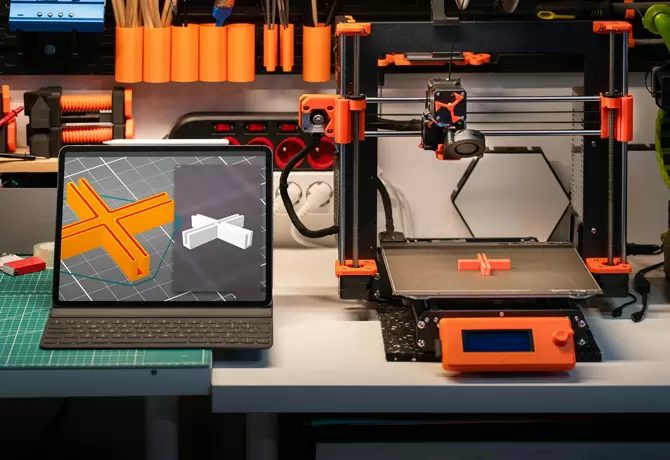
In today's environmentally conscious world, the demand for sustainable packaging solutions is on the rise. Two terms that often come up in discussions about eco-friendly packaging are "biodegradable" and "compostable." While they may seem similar, there are significant differences between the two. This article aims to delve into the distinctions between biodegradable and compostable packaging, shedding light on their unique characteristics, benefits, and considerations.
- Understanding Biodegradable Packaging:
Biodegradable packaging refers to materials that can break down naturally over time through the action of microorganisms, such as bacteria or fungi. These materials decompose into simpler substances, leaving no harmful residues behind. However, it is important to note that the term "biodegradable" does not specify the timeframe required for decomposition or the conditions under which it occurs. - Unveiling Compostable Packaging:
Compostable packaging, on the other hand, goes a step further by not only breaking down but also providing valuable nutrients to the soil during the decomposition process. Compostable materials are designed to be composted in specific conditions, such as industrial composting facilities or home composting systems. The resulting compost can then be used to enrich soil and support plant growth. - Key Differences:
a. Timeframe: Biodegradable materials can take varying lengths of time to decompose, ranging from months to years, depending on the specific material and environmental conditions. Compostable materials, however, are designed to break down within a specific timeframe, usually within a few months.
b. End Products: Biodegradable packaging may leave behind residues or fragments that persist in the environment, whereas compostable packaging transforms into nutrient-rich compost, contributing to soil health.
c. Composting Conditions: Biodegradable materials can break down in a wider range of environments, including landfills, whereas compostable materials require specific composting conditions to facilitate their decomposition. - Considerations for Biodegradable and Compostable Packaging:
a. Certification: Look for certifications such as the "Biodegradable Products Institute" (BPI) certification or the "OK Compost" label to ensure the authenticity and credibility of the packaging's claims.
b. Disposal Infrastructure: Consider the availability of appropriate disposal infrastructure, such as industrial composting facilities, when choosing between biodegradable and compostable packaging.
c. Environmental Impact: Assess the overall environmental impact of the packaging, including factors like raw material sourcing, energy consumption during production, and transportation emissions.
Conclusion:
In summary, while both biodegradable and compostable packaging contribute to reducing environmental harm, they differ in terms of decomposition timeframe, end products, and composting requirements. Biodegradable packaging offers a broader range of decomposition environments, while compostable packaging provides the added benefit of enriching soil with valuable nutrients. When selecting packaging options, it is crucial to consider certifications, disposal infrastructure, and the overall environmental impact. By making informed choices, we can move closer to a more sustainable future.




